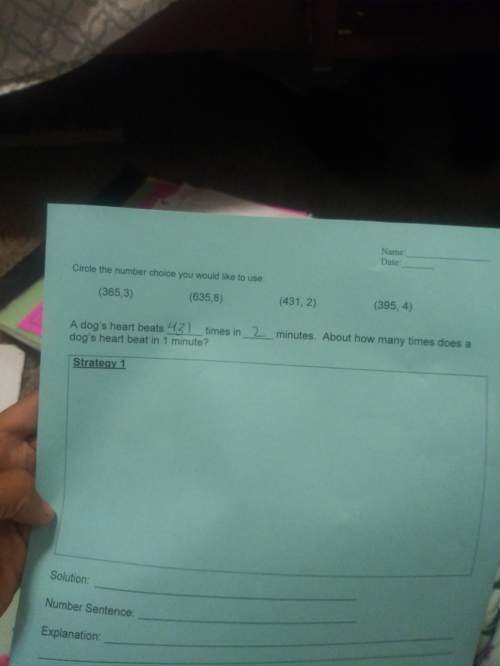
Physics, 29.01.2021 22:20 makaylahollandmay21
A blue slime ball with mass of 4.5 kg, is traveling to the right at 16 m/s. At
the same time, a yellow slime ball with mass of 5.3 kg, is traveling to the
left at 4 m/s. When the slime balls collide, they form one larger green
Slime ball. What is the velocity of the green slime ball?

Answers: 2


Another question on Physics


Physics, 22.06.2019 16:50
Abird flies directly overhead from where you stand at an altitude of 300.0 m and at a speed horizontal to the ground of 20.0 m/s. the bird has a mass of 2.0 kg. the radius vector to the bird makes an angle \thetaθ with respect to the ground. the radius vector to the bird and its momentum vector lie in the xyxy-plane. what is the bird’s angular momentum about the point where you are standing?
Answers: 2

Physics, 22.06.2019 18:30
Against his financial advisor's advice, frank has decided to invest his money in some risky stocks because he once made quite a bit of money in the stock market. his decision illustrates a. the representativeness heuristic b. overconfidence c. the availability heuristic d. confirmation bias select the best answer from the choices provided
Answers: 3

Physics, 23.06.2019 03:20
Neutrons are placed in a magnetic field with magnitude 2.30 t. part a part complete what is the energy difference between the states with the nuclear spin angular momentum components parallel and antiparallel to the field? δe δ e = 2.77×10−7 ev previous answers correct part b part complete which state is lower in energy: the one with its spin component parallel to the field or the one with its spin component antiparallel to the field? which state is lower in energy: the one with its spin component parallel to the field or the one with its spin component antiparallel to the field? parallel antiparallel previous answers correct part c part complete how do your results compare with the energy states for a proton in the same field (δe=4.05×10−7ev)? how do your results compare with the energy states for a proton in the same field this result is smaller than but comparable to that found in the example for protons. this result is greater than but comparable to that found in the example for protons. previous answers correct part d the neutrons can make transitions from one of these states to the other by emitting or absorbing a photon with energy equal to the energy difference of the two states. find the frequency of such a photon. f f = mhz previous answersrequest answer incorrect; try again; 5 attempts remaining
Answers: 2
You know the right answer?
A blue slime ball with mass of 4.5 kg, is traveling to the right at 16 m/s. At
the same time, a yel...
Questions




Mathematics, 05.06.2020 21:59

Mathematics, 05.06.2020 21:59


History, 05.06.2020 21:59

Mathematics, 05.06.2020 21:59




Mathematics, 05.06.2020 21:59

Mathematics, 05.06.2020 21:59

Mathematics, 05.06.2020 21:59

English, 05.06.2020 21:59




Mathematics, 05.06.2020 21:59

History, 05.06.2020 21:59




